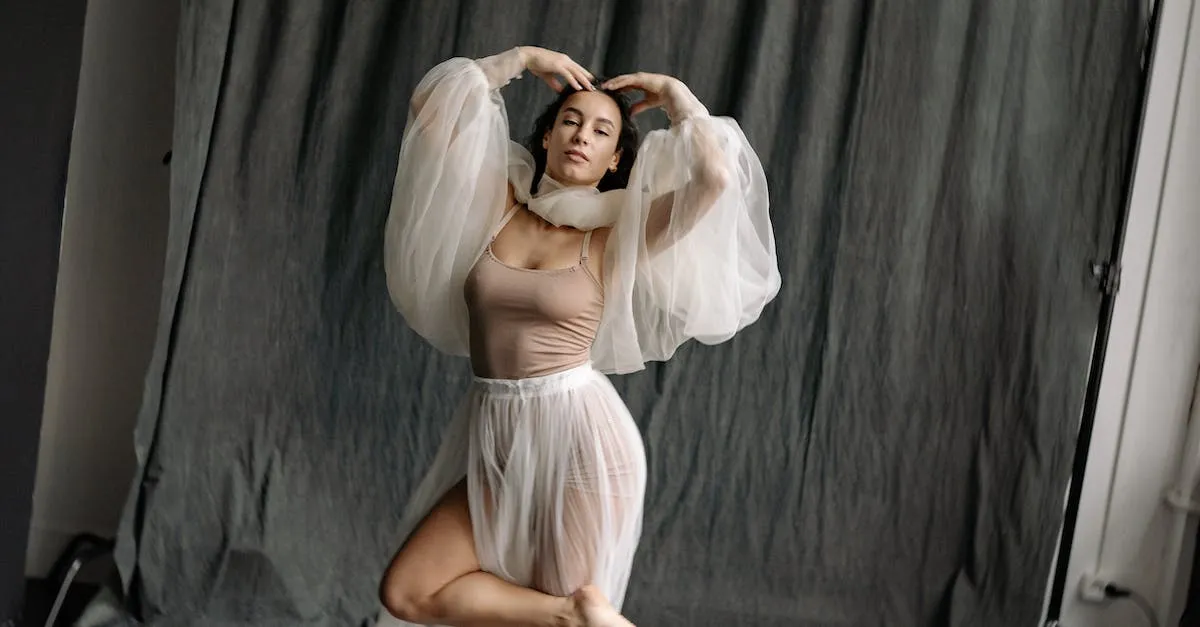Dancing through Time: A Journey into Modern Dance
My First Encounter – A Dance Beyond Tradition
I vividly remember the first time I witnessed a modern dance performance. The stage was a canvas, and the dancers, artists. It was a departure from the familiar world of structured forms, a leap into the avant-garde realm of expression.

Breaking Free from Tradition
Modern dance, unlike its classical counterparts, isn't bound by rigid techniques. It's a rebellion against the constraints of tradition, inviting dancers to explore the vast landscape of movement and emotion. As I watched the dancers weave their stories through fluid movements, I realized this was more than a performance; it was a conversation between the body and the soul.
The Origins – Where Tradition Meets Innovation
Pioneers of Freedom
Modern dance emerged as a radical response to the strictures of classical ballet in the early 20th century. Visionaries like Isadora Duncan and Martha Graham paved the way, embracing the freedom to express raw, unfiltered emotions through movement. Their courage to break away from convention laid the foundation for a dance form that celebrated individuality.
Embracing the Unconventional
What defines modern dance is its rejection of established norms. Movements are organic, often inspired by everyday gestures or emotions. This departure from the structured routines of classical ballet allows for a more inclusive and diverse range of styles, making modern dance a true melting pot of creativity.
The Language of Movement – Expressing the Inexpressible
Beyond Words – A Medium of Emotion
One of the enchanting aspects of modern dance is its ability to convey emotions that words often fail to capture. Each movement becomes a brushstroke on the canvas of the stage, telling stories of love, loss, joy, and defiance. It's a language that transcends linguistic barriers, connecting with the audience on a visceral level.
Improvisation – Dancing in the Moment
Unlike the meticulously choreographed routines of classical ballet, modern dance often embraces improvisation. Dancers are encouraged to explore spontaneous movements, adding an element of unpredictability to every performance. This freedom allows for a dynamic and ever-evolving dance experience.
A Dance for All – Inclusivity in Modern Movement
Breaking Cultural Barriers
Modern dance has become a global phenomenon, breaking cultural barriers and bringing people together through the universal language of movement. It welcomes dancers of all body types, backgrounds, and abilities, fostering an inclusive community that celebrates diversity.
Dance as a Catalyst for Change
Beyond the stage, modern dance has been a powerful tool for social and political commentary. Choreographers use their art to address pressing issues, sparking conversations and challenging societal norms. It's a testament to the transformative power of dance beyond mere entertainment.
Conclusion – Dancing into the Future
As I delve deeper into the world of modern dance, I am captivated by its ability to evolve and adapt, reflecting the ever-changing tapestry of human experience. It's not just a dance form; it's a living, breathing entity that continues to push boundaries and redefine the art of movement. Whether you're a seasoned dance enthusiast or someone curious to explore, take a leap into the world of modern dance – where tradition meets innovation, and every movement tells a story.







